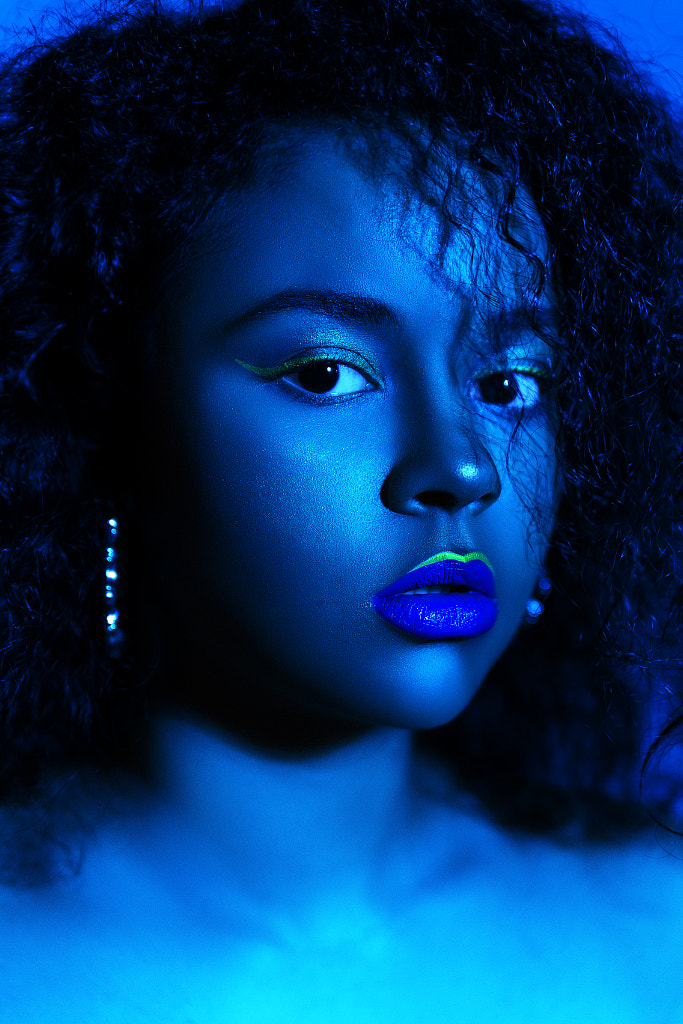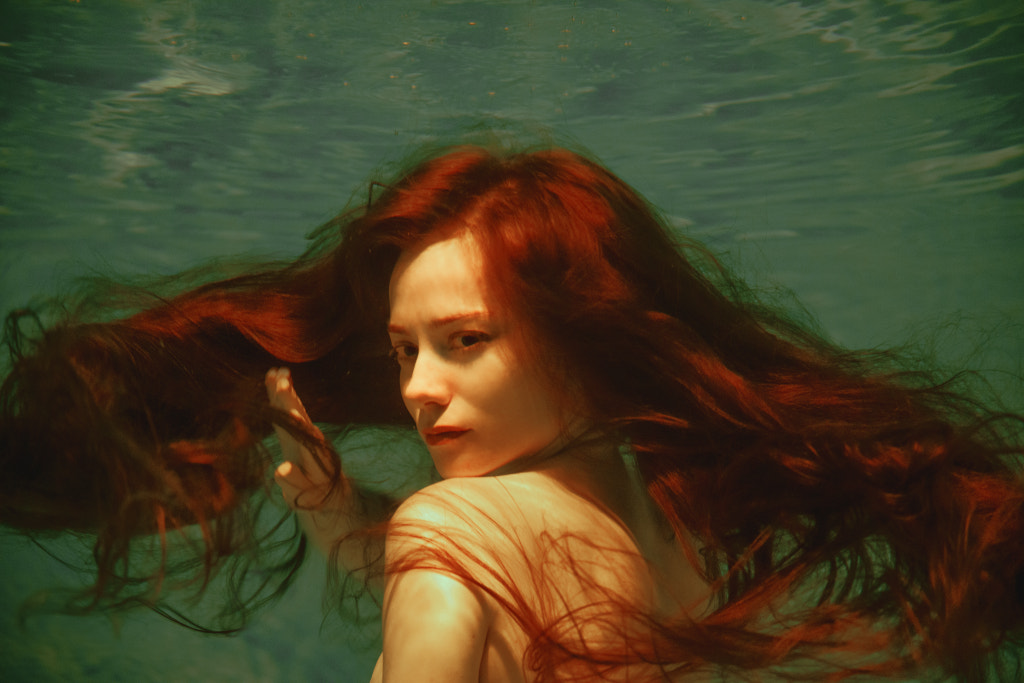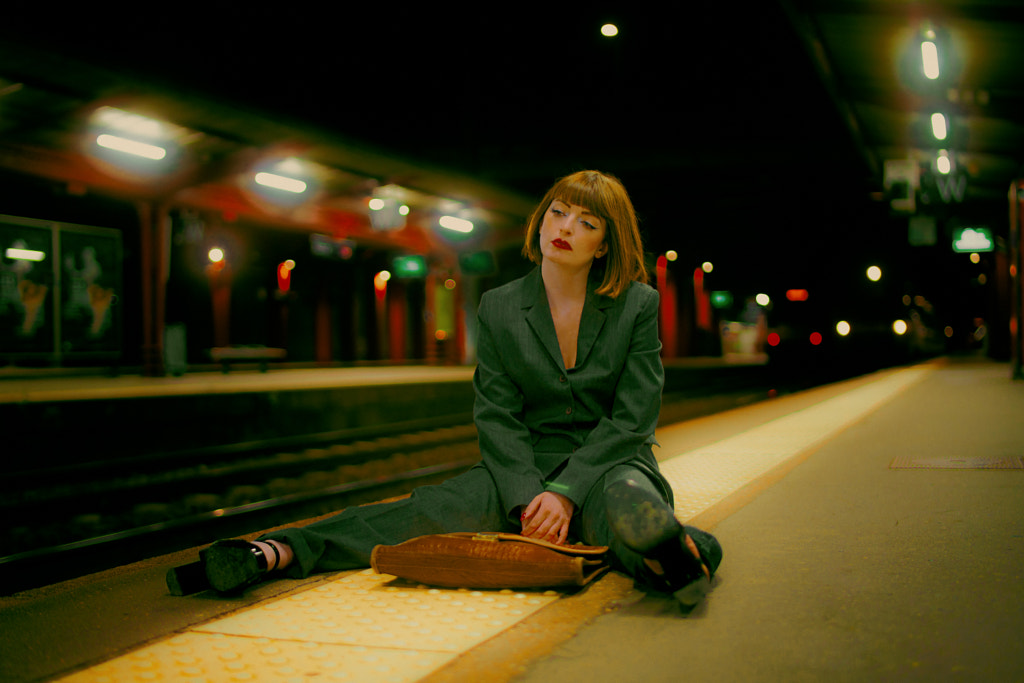In April of 2021, the photographer Jesse Frohman auctioned an NFT representing his last formal session with Kurt Cobain before his passing. In August, previously unseen footage from Randall Slavin’s final photoshoot with Chris Cornell was released in the form of NFTs. In January of this year, the Associated Press launched an NFT marketplace for their award-winning photojournalism.
In the last year, we’ve seen photographers use NFTs to tell untold stories, push the limits of creative expression, and honor moments and icons of historical significance. Photographers with household names, like Platon or Marco Glaviano, have gotten involved, as have newcomers just now building a name for themselves in the industry. If 2021 was the year NFTs hit the mainstream, we predict 2022 will be a year of further exploration—particularly in regards to photography.
A quick refresher on terminology: Non-fungible tokens, or NFTs, are unique digital assets linked to a blockchain, which acts as an immutable public ledger. In the art world, we can think of them as certificates of authenticity for digital files, such as photos, 3D images, videos, and more. While most jpegs can still be copied endlessly, blockchain technology allows us to assign verifiable ownership to works of digital art. It’s a novel idea that’s shifted our perception of what’s possible in the art market, while drawing the attention of countless collectors.
NFTs can serve as a source of income
“Making enough from my art to not have to worry about my finances too much has probably been the most rewarding outcome of selling NFTs,” Zach Doehler tells us. The 21-year-old landscape photographer, known for his signature use of color and light, is a prominent figure on digital marketplaces like Foundation and SuperRare.
Zach’s advice for getting started? Manage your expectations, and avoid comparisons with other photographers. “Making sure to not set your expectations too high can prevent you from burning out,” he advises. Some photographers make it big overnight, but for most, it’s a marathon rather than a sprint. Give yourself time to build a following and engage with the community.
One standout benefit of NFTs is that they run on smart contracts that can award royalties to the original creator of an artwork when it’s sold on the secondary market. That is, if a collector resells your photograph to someone else, you can automatically receive a percentage of that sale, in perpetuity. This is something artists have been pushing for for generations now, and the blockchain means it could finally be a reality.
Importantly, selling an NFT does not mean signing away your copyright, so you’re still free to monetize your work in other ways, such as editioned prints. You’ll often see photographers working across virtual and physical media.
NFTs empower artists to connect directly with collectors
When Jesse Frohman auctioned The Last Session NFT project featuring Kurt Cobain, it marked the first time the photographer had sold directly to collectors, without the need for a third party. One of the most appealing aspects of the crypto art space is the idea that it operates without traditional “gatekeepers,” such as gallerists, curators, or dealers. Instead, photographers can connect directly with collectors, share their stories, and spread the word about their work.
Staying active and present online is important here, so follow collectors you admire on Twitter, and join Discord servers to stay up-to-date on what’s happening in the market. Interacting with the Ethereum blockchain requires gas fees, so it’s not free to mint an NFT. With that being said, the virtual art space is more accessible in many ways than the traditional art world, where access to studio and gallery space is often a prerequisite.
When collectors invest in NFTs, they aren’t necessarily paying to hang a work of art on a wall (though we’ve seen ingenious uses of display screens and virtual galleries); they’re investing because they believe in the artist and want to be part of their journey. Early collectors in the space regularly chatted with the artists they supported, learning more about their stories, histories, and motivations. Many crypto collectors still do. “What we’re seeing is that buyers are often more interested in investing in the artists and their careers, as opposed to the actual work alone,” the 500px team explains.
NFTs can foster creative collaborations
“The NFT community, in particular, has been wonderful,” the photographer Zach Doehler continues. “Artists, big and small, engage and communicate with each other on a level playing field.” The NFT space is still new, and this sense of possibility and excitement has resulted in an atmosphere that fosters collaboration and support between artists, across genres, media, locations, and backgrounds. No geographical restrictions apply.
On Twitter, you’ll often see established artists promoting and investing in emerging artists. Aaron Ricketts, for instance, started building his own art collection after getting started with and selling NFTs (his first piece sold for 2.88 ETH).
If we take this idea of community a step further, we can begin to imagine the kinds of collaborations and group projects that are possible in this space. Though not limited to photographers, we can find inspiration in the 100-artist collaboration, conceptualized by the NFT curator Loopify, which featured big names and newcomers alike. Or we can turn our attention to exquisite.land, a collaborative project where collectors receive a tile that they can draw on to contribute to one massive piece of art.
For photographers, this could mean many things, from collaborating with an illustrator to create a collage to having someone animate your still pictures to turn them into moving images. Tap into the community; follow artists you love, and don’t be afraid to break the mold.
NFTs offer new possibilities
The beauty of NFTs lies in their ability to create scarcity in a digital world; while photographs can be copied and stolen easily in this day and age, NFTs provide verifiable ownership of the “real thing.” In other words, photographers can decide how rare or common their works can be; they can create a 1:1 work for a one-of-a-kind NFT, or they can release a photograph as a multi-edition collectible.
500px is the home of Vault, an NFT marketplace by and for creatives. The 500px team elaborates, “With prints, it’s easy to make a copy or imagine that there will be more editions of a photograph; however, NFTs are founded on the idea of exclusivity—and that’s something that attracts collectors.” During the pandemic and related lockdowns, the world of cryptocurrency and NFTs allowed photographers to expand into the metaverse, earn money, and build connections across thousands of miles, from their own homes and studios.
NFTs also offer unheard-of options in terms of value and real-world utility. For our purposes, “utility” just describes the benefits awarded to an NFT holder; for photographers, it might be a physical print to go along with the NFT, an invitation to an exhibition, or even a portrait session with the artist. As photographers dream up innovative ways of creating interest and value, we’ll see more and more creative ideas that further strengthen the relationship between artist and collector.
Join the VAULT waitlist to get early access and be the first to find out how you can create, buy, sell, and earn.
The post Four reasons why NFTs are a great fit for photographers appeared first on 500px.





